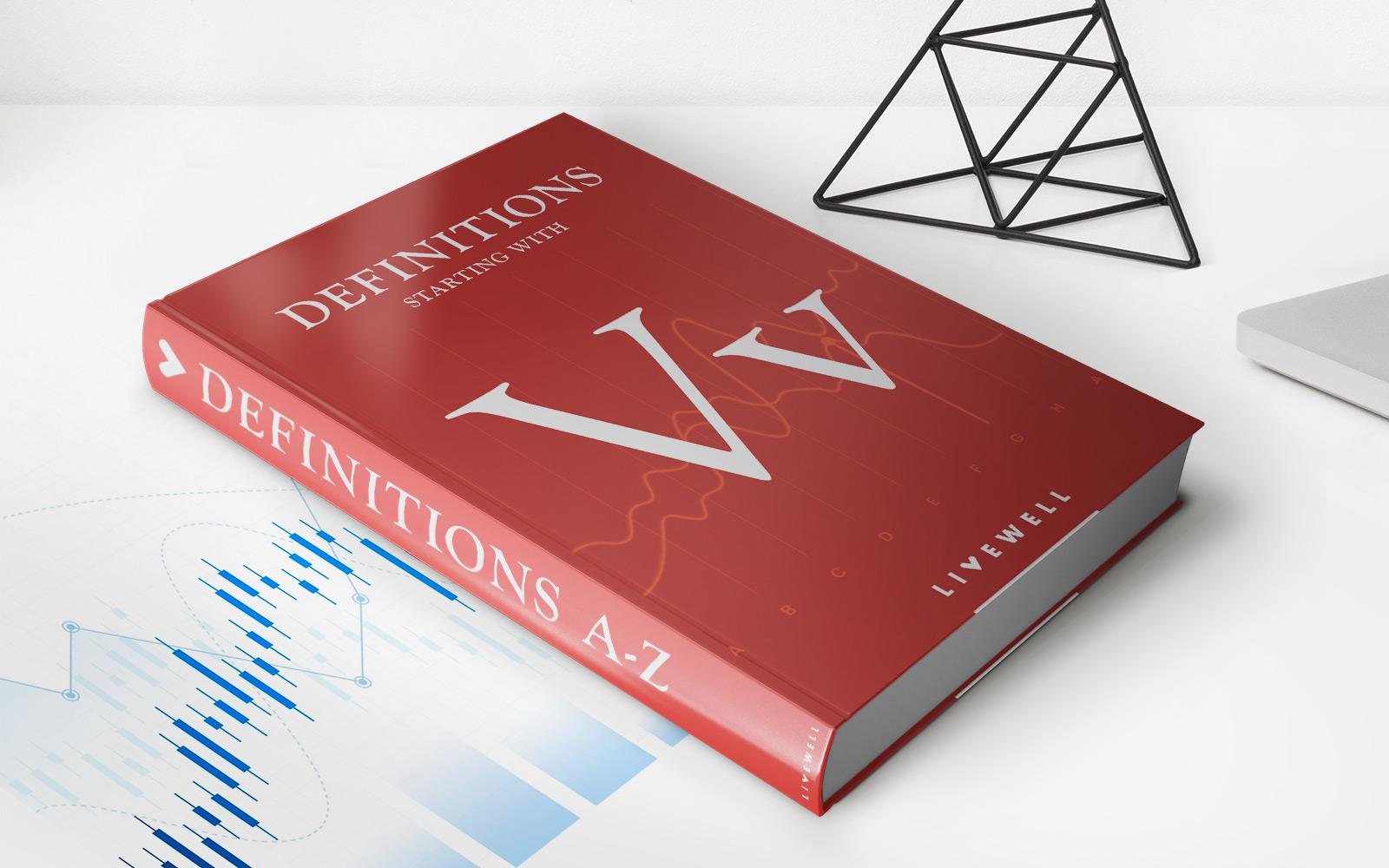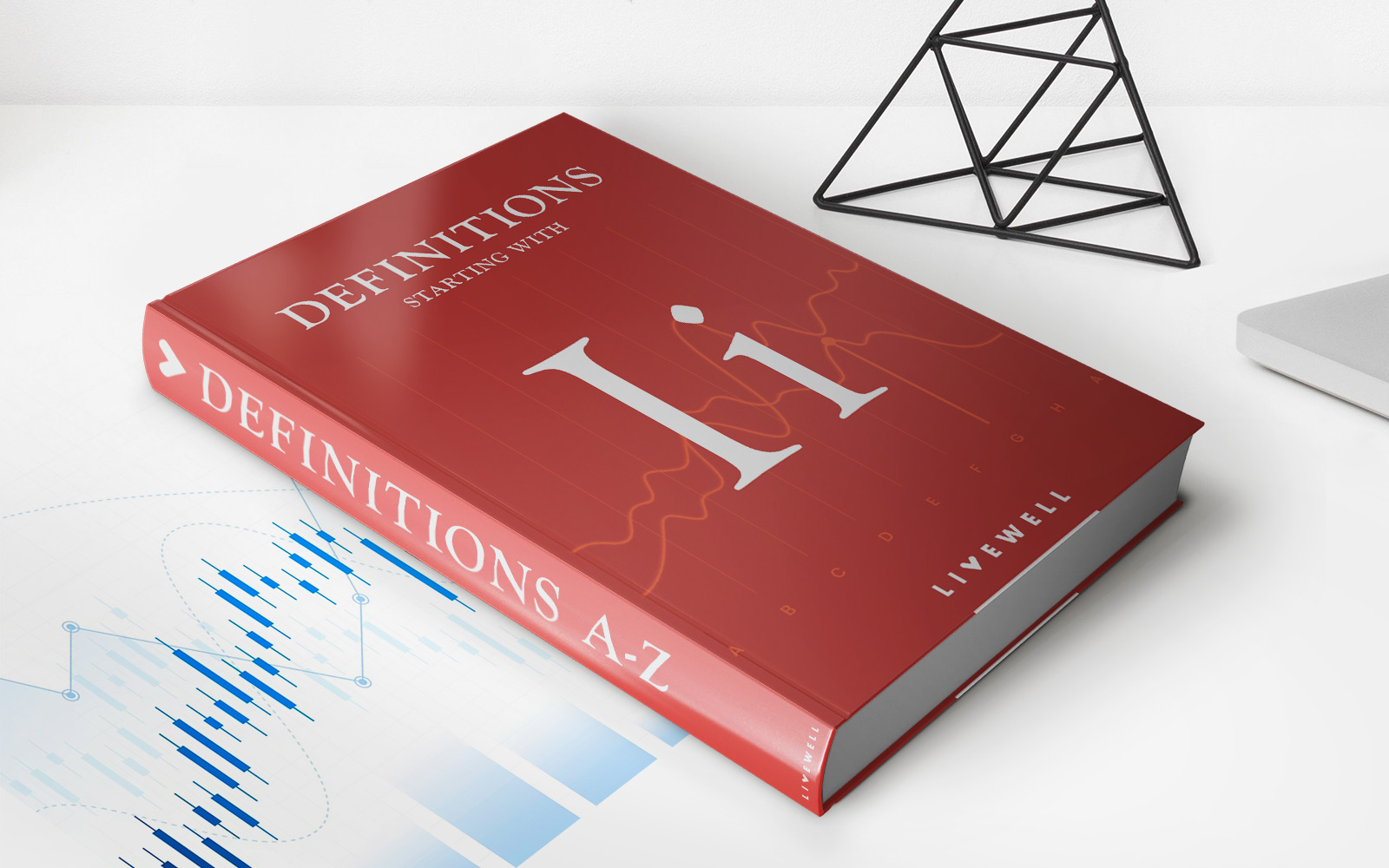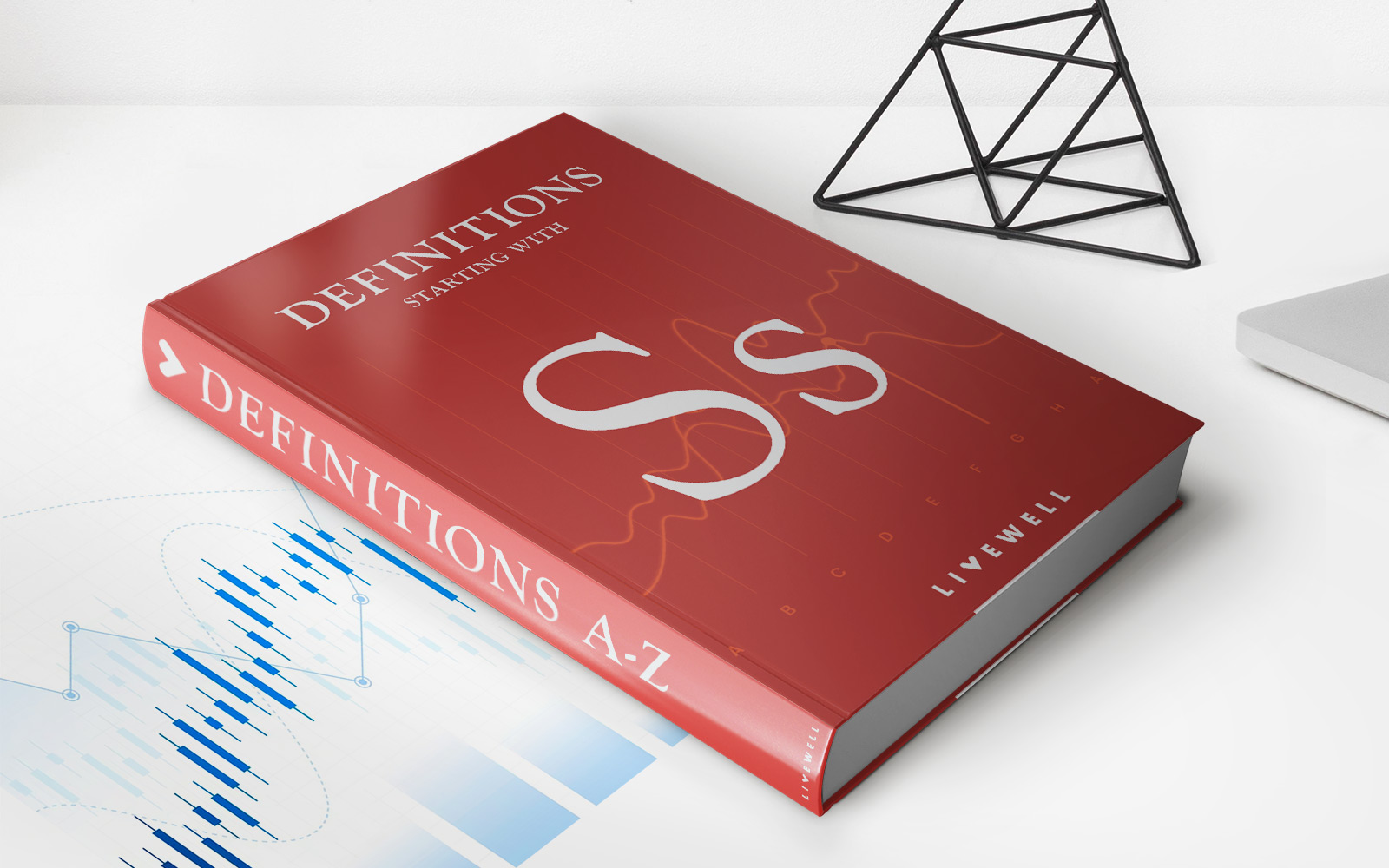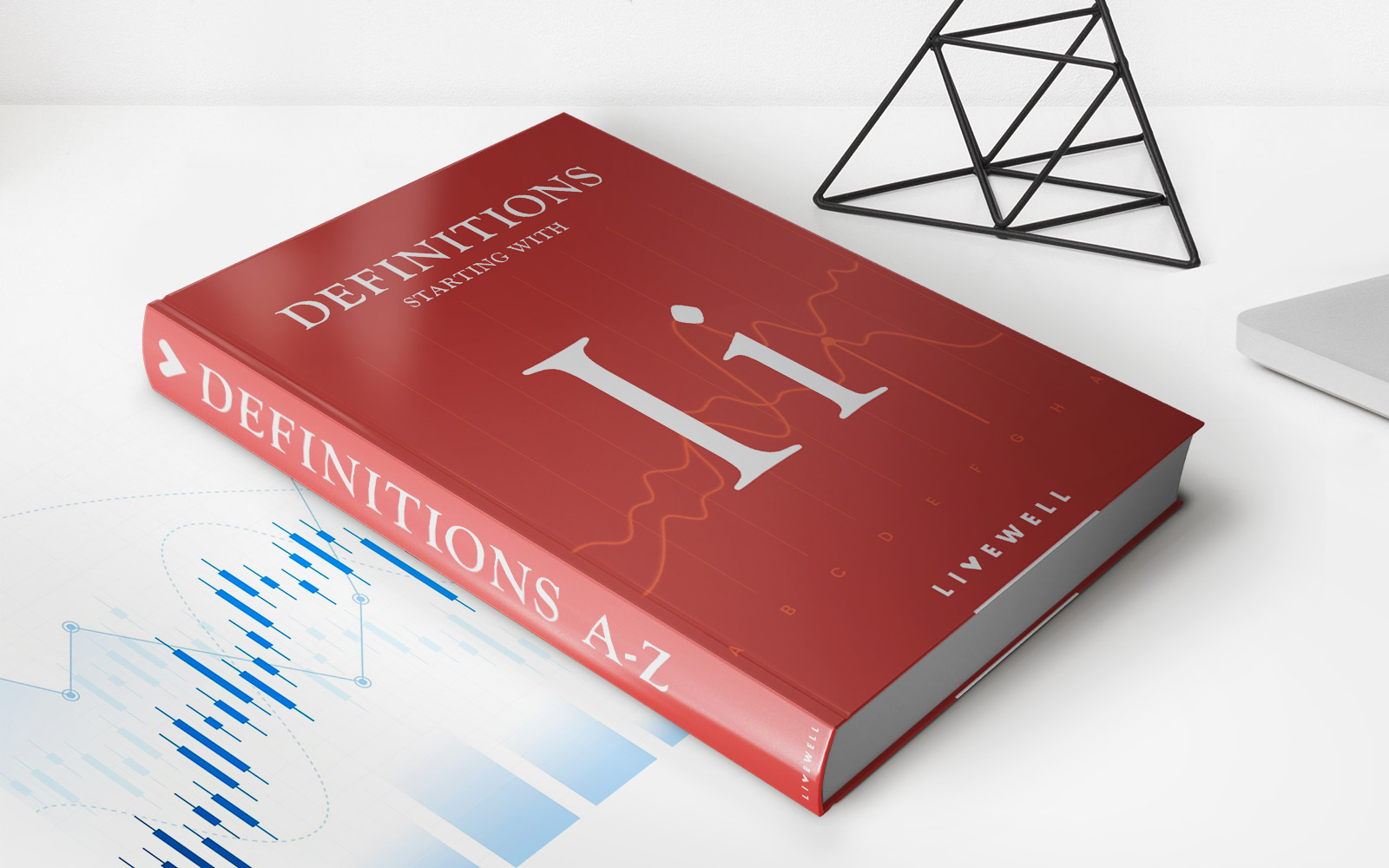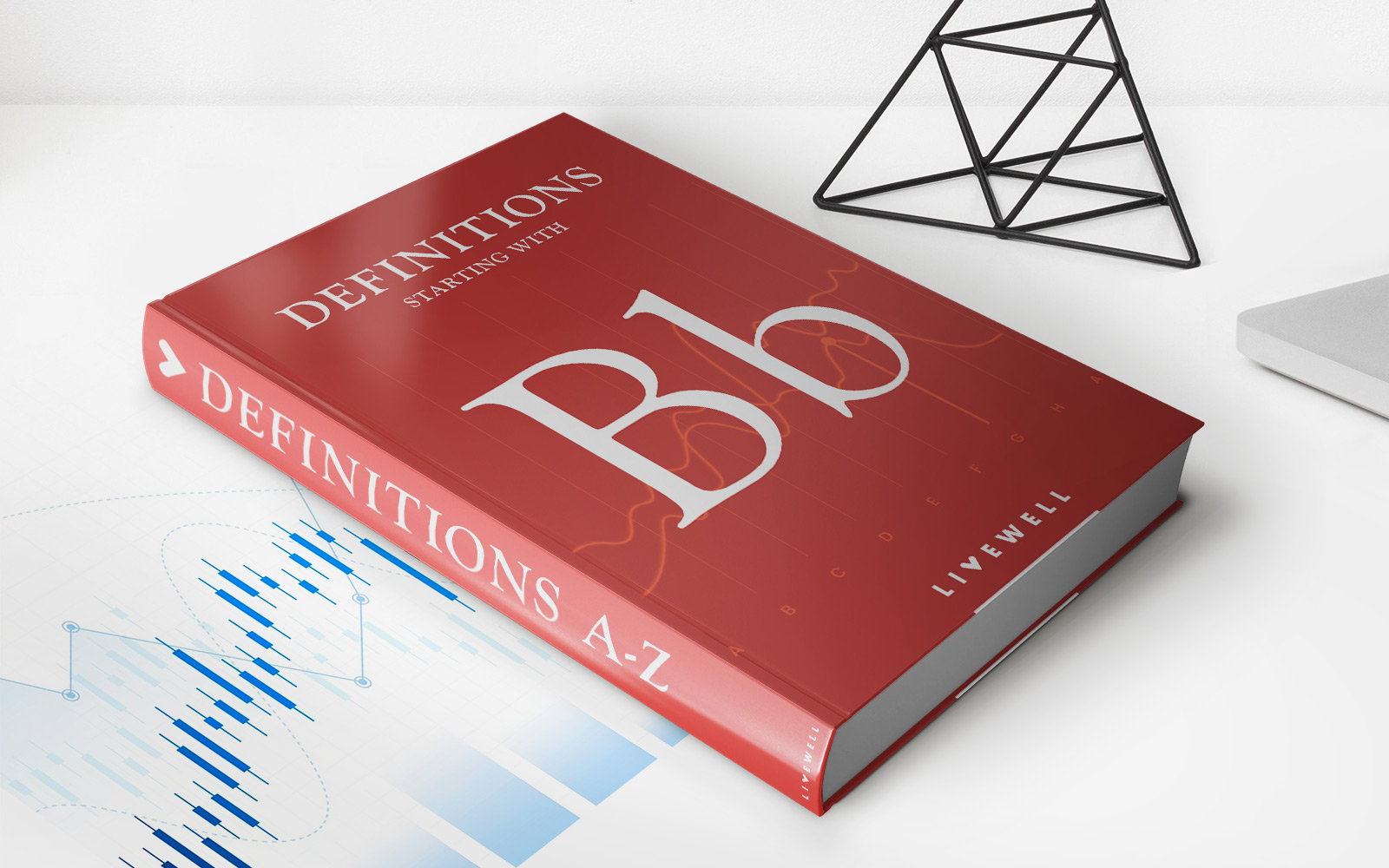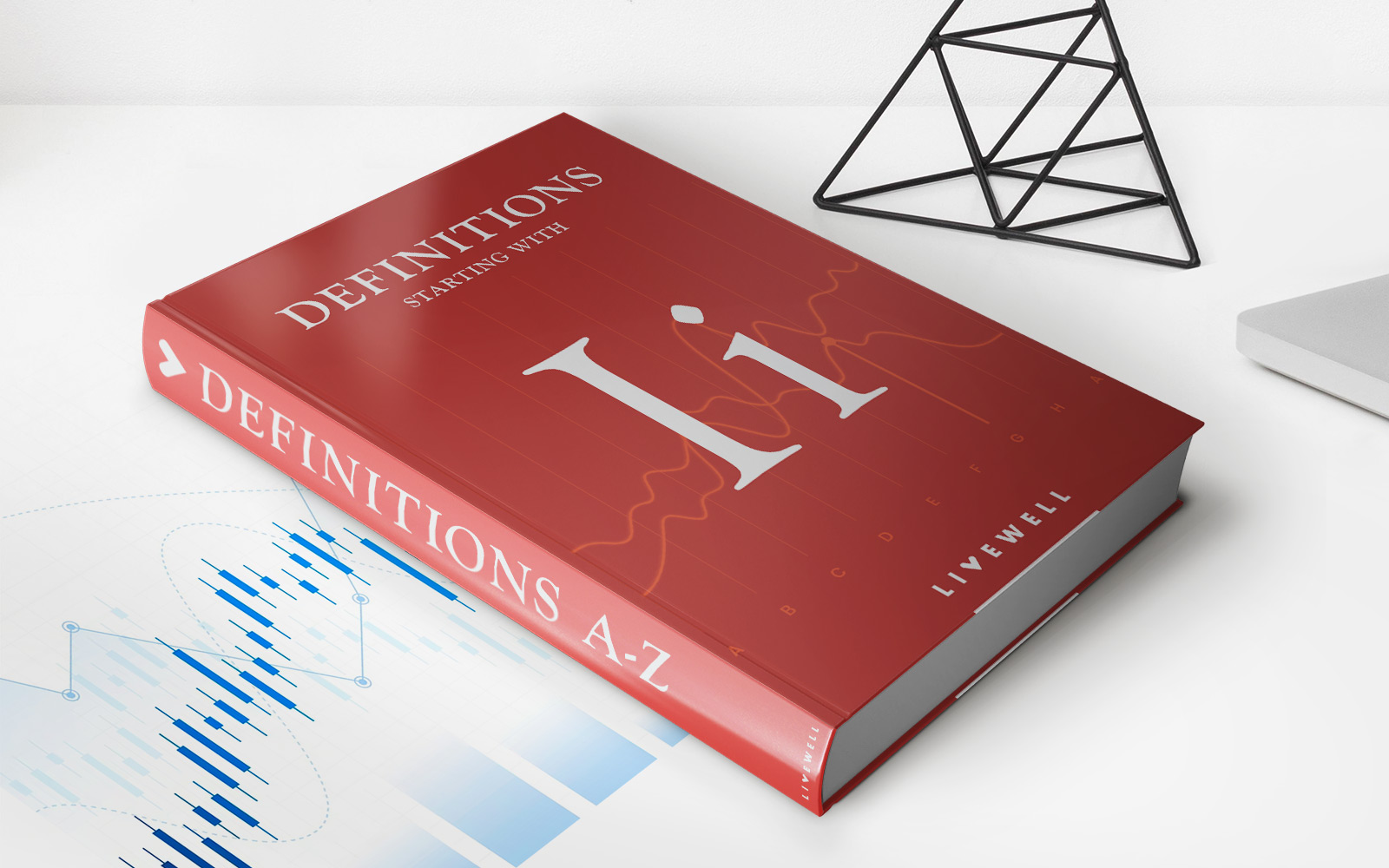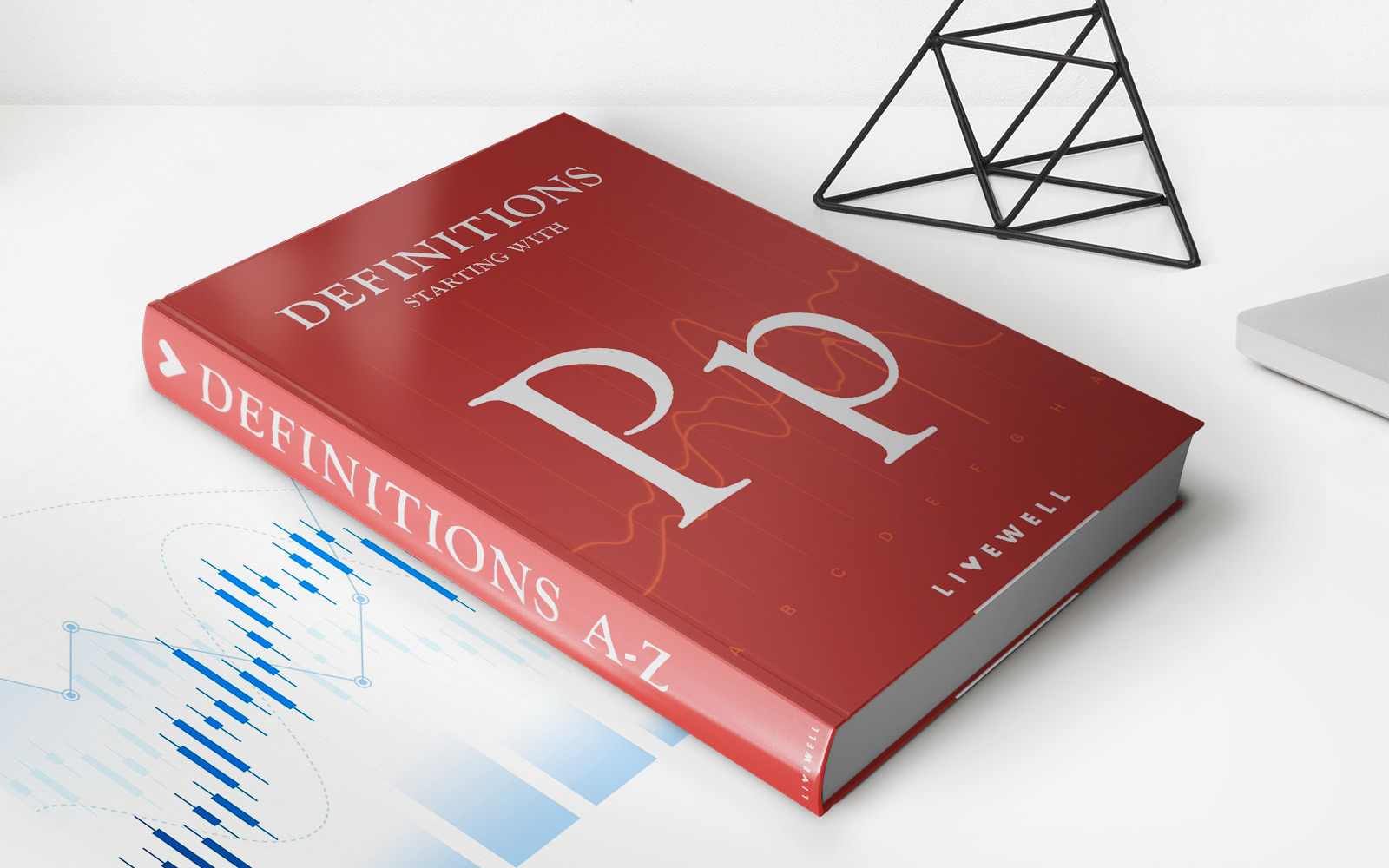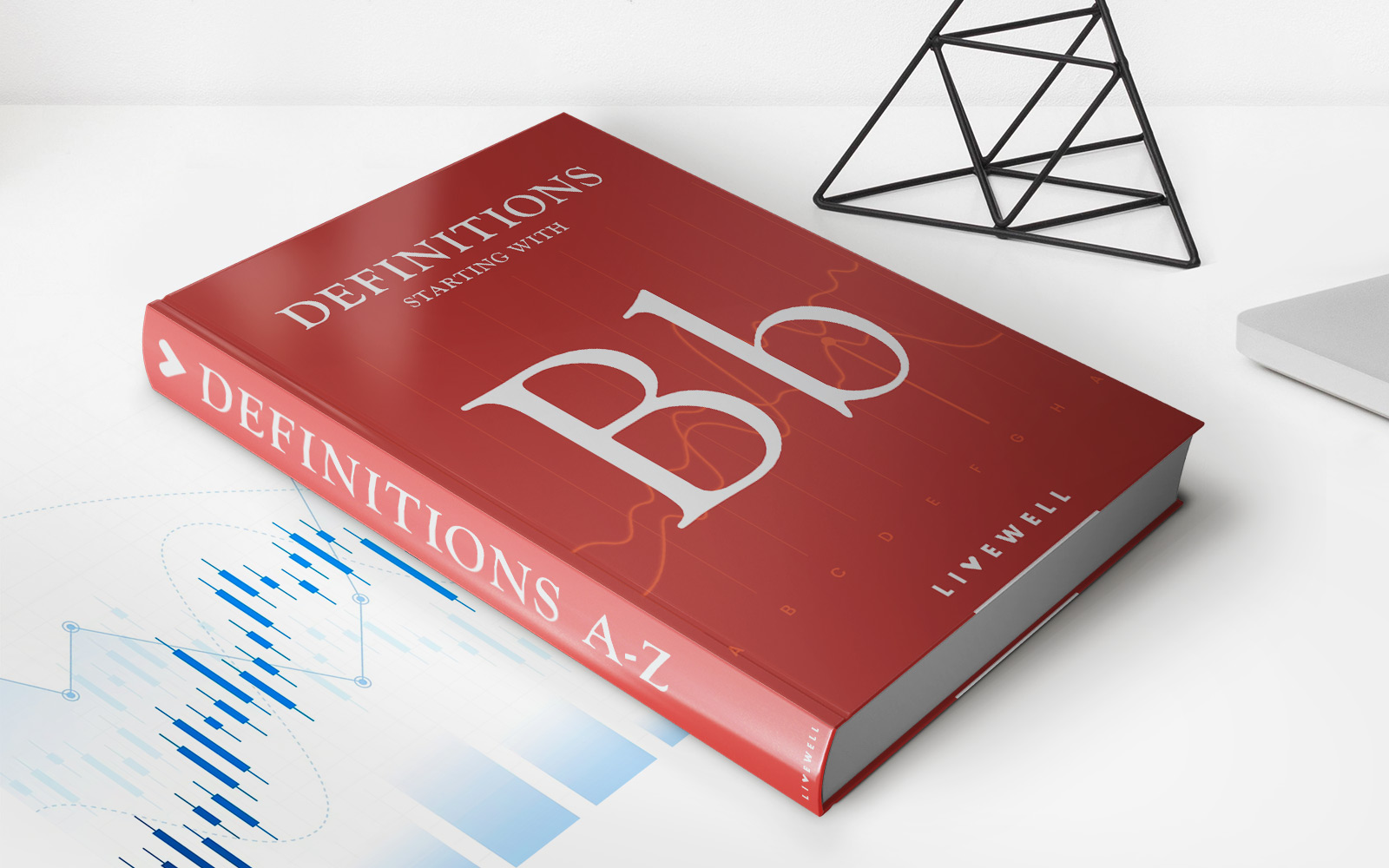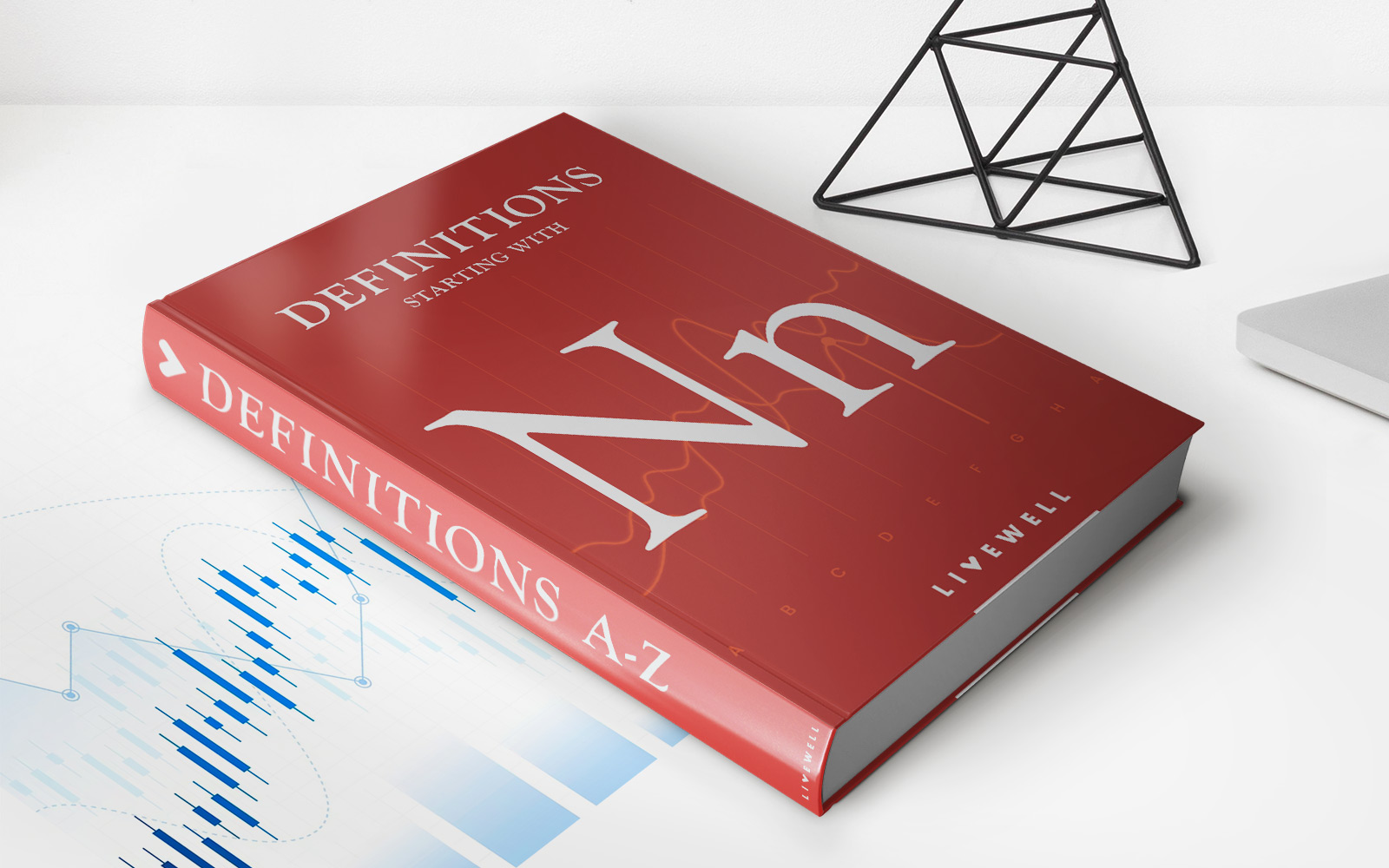Home>Finance>Basket Of Goods: Definition, CPI Calculation, And Example
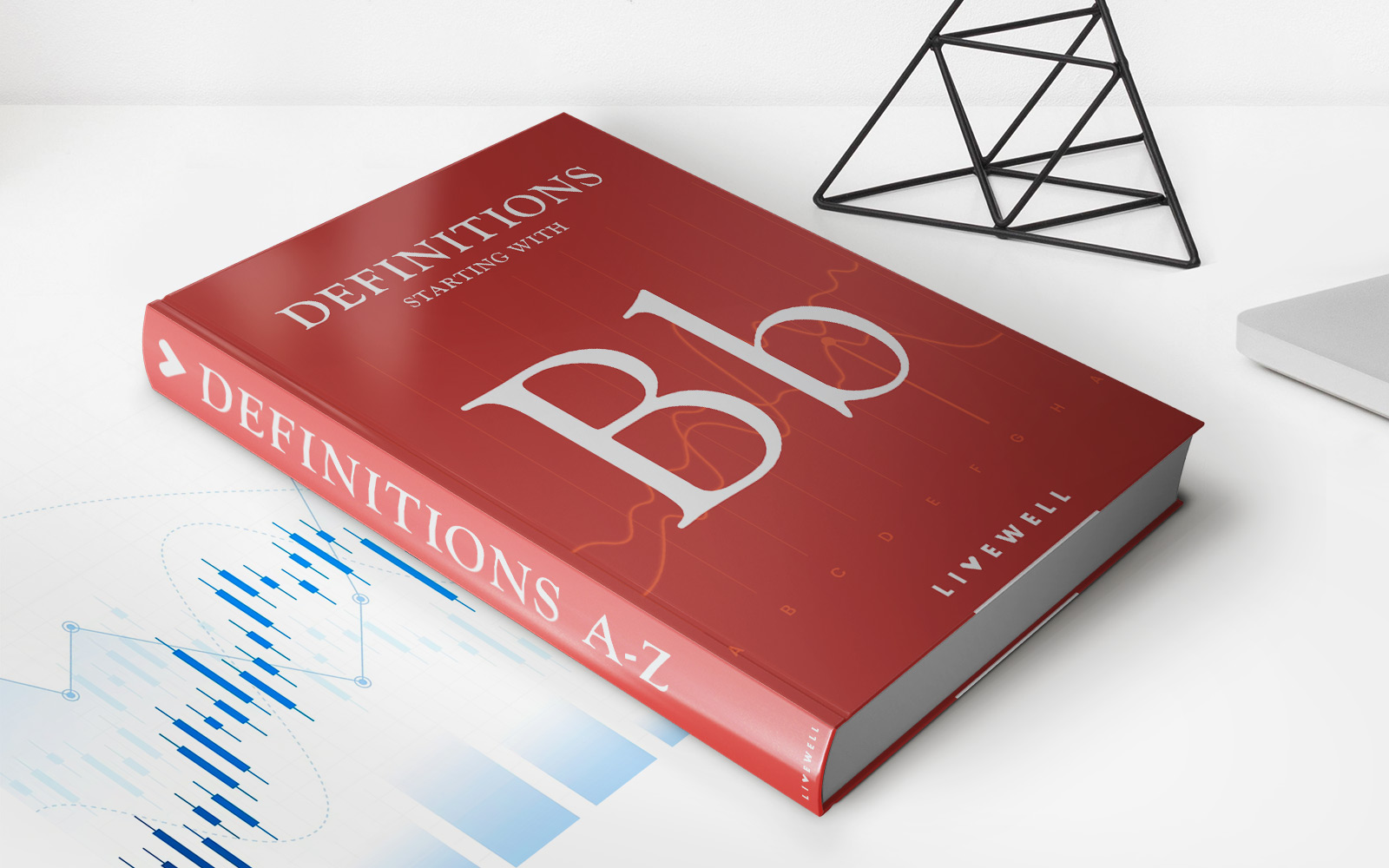

Finance
Basket Of Goods: Definition, CPI Calculation, And Example
Published: October 14, 2023
Learn about the definition, calculation, and example of the Consumer Price Index (CPI) in finance. Gain insights into the concept of basket of goods.
(Many of the links in this article redirect to a specific reviewed product. Your purchase of these products through affiliate links helps to generate commission for LiveWell, at no extra cost. Learn more)
Understanding Basket of Goods: Definition, CPI Calculation, and Example
When it comes to understanding the state of an economy, one of the key metrics to consider is the Consumer Price Index (CPI). This index provides valuable insights into the changes in the cost of living over time. Central to the calculation of the CPI is the concept of a “basket of goods.” In this blog post, we will delve into the definition of a basket of goods, explore the CPI calculation using this concept, and provide you with a real-life example to help you better grasp its significance.
Key Takeaways:
- A basket of goods is a representative collection of consumer products and services used to track the prices of various goods over time.
- The Consumer Price Index (CPI) measures inflation by comparing the prices of the basket of goods at different points in time.
What is a Basket of Goods?
A basket of goods refers to a carefully selected collection of consumer products and services that represent the typical purchases made by households within a specific economy. This collection includes a wide range of items such as food, housing, transportation, healthcare, education, and other essential goods and services. The selection of items in the basket aims to reflect the spending patterns of a typical consumer and covers various categories of expenditure.
The composition of the basket of goods can change over time to account for evolving consumer preferences and market dynamics. The items included in the basket are assigned relative weightings based on how much consumers spend on each category. For example, if housing expenses constitute a significant portion of the average consumer’s budget, then housing-related products and services will have a higher weighting in the basket.
Calculating the Consumer Price Index (CPI)
Now that we understand what a basket of goods is, let’s explore how it is used to calculate the Consumer Price Index (CPI). The CPI measures the average change in prices for a fixed basket of goods and services over time. By comparing the prices of these items at different points in time, the CPI provides a measure of inflation or deflation.
The calculation of CPI involves three main steps:
- Selecting the basket of goods: As mentioned earlier, the basket of goods includes a representative sample of products and services that consumers typically purchase. The items chosen and their relative weightings are crucial in reflecting consumer spending patterns accurately.
- Collecting price data: After determining the basket and its weightings, data on the prices of each item within the basket is collected. This information is usually gathered through surveys, market research, and government reports.
- Calculating the index: Once the price data is collected, the CPI is calculated using a specific formula. The formula takes into account the base period price (the price of the goods in a specific starting period) and the current period price. By comparing these prices, the percentage change is determined, providing insights into the inflation rate.
An Example of Basket of Goods and CPI Calculation
Let’s consider an example to better illustrate the concept of a basket of goods and CPI calculation. Suppose our basket of goods comprises various items, including a loaf of bread, a gallon of milk, a dozen eggs, a gallon of gasoline, and a movie ticket. We assign relative weightings to each item based on average consumer spending patterns.
In January, the price of our basket of goods is as follows:
- Loaf of bread: $2.50
- Gallon of milk: $3.00
- Dozen eggs: $2.50
- Gallon of gasoline: $2.80
- Movie ticket: $10.00
After a few months, in May, we collect price data again and find the following changes:
- Loaf of bread: $2.75
- Gallon of milk: $3.20
- Dozen eggs: $2.60
- Gallon of gasoline: $3.10
- Movie ticket: $12.00
Using these price changes, we can calculate the CPI for the period by comparing the percentage increase or decrease in the prices of each item. By considering the weighted averages of these changes, the CPI value for the period can be determined.
With this CPI data, we can understand the inflation rate and its impact on the cost of living. The CPI enables policymakers, economists, and individuals to assess price changes across different sectors and make informed decisions based on the overall state of the economy.
Conclusion
The concept of a basket of goods and its application in the calculation of the Consumer Price Index is fundamental in understanding changes in the cost of living. Through the CPI, we gain valuable insights into inflation, allowing economists and policymakers to make informed decisions for the betterment of the economy. So, the next time you hear about the CPI, remember the importance of the basket of goods as the foundation for its calculation.


